New Seven Wonders of the World
Discover modern marvels and one legendary ancient wonder!
The announcement of the New Seven Wonders of the World in 2007 followed a global survey with millions of votes, solidifying a new list of famous sites that symbolize the accomplishments of civilization and the amazing beauty of nature.
The cultural, architectural, and geographic diversity represented by the New Seven Wonders of the World is impressive. They serve as a constant reminder of the wonders of our planet, the strength of human ingenuity, and the lasting influence of past civilizations. For everyone who is fortunate enough to see its beauty, a visit to even one of these beauties is an experience they will never forget.
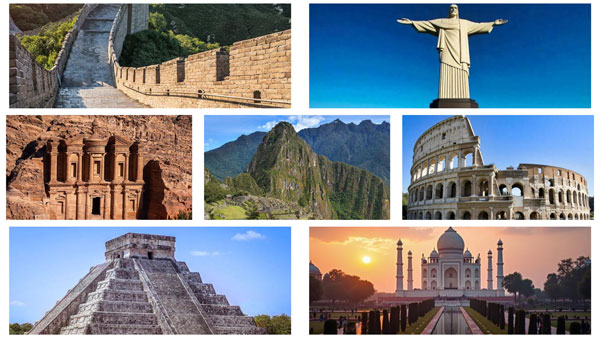
The New 7 Wonders of the World
The New 7 Wonders Foundation conducted a global survey in 2007 to select the "New 7 Wonders of the World." The goal of this project was to update the traditional list of amazing man-made structures, which mostly included ancient wonders that are now mostly extinct, with a more modern list.
Here are the New 7 Wonders of the World:
1. Great Wall of China
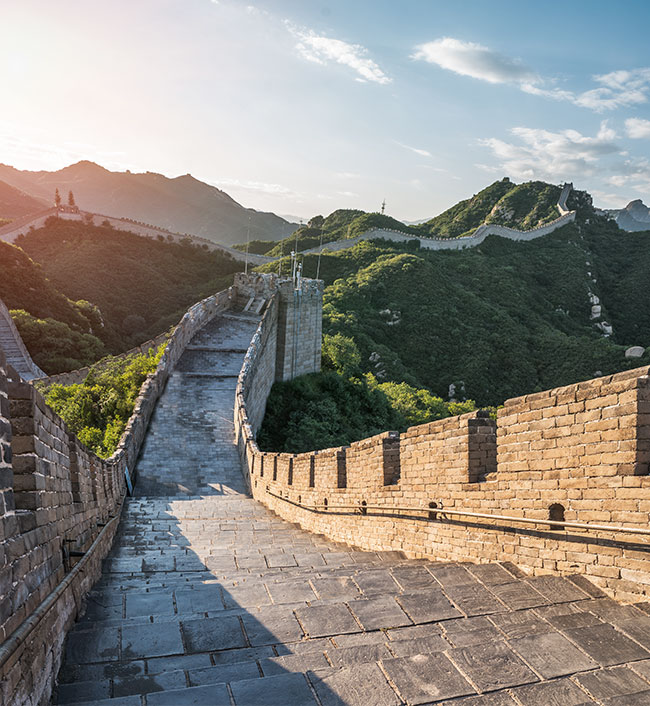
Spanning over 13,000 miles, the Great Wall is a majestic series of fortifications built by various Chinese dynasties to protect against invasions. The building process started in the 7th century BC and lasted until the Ming Dynasty (1368–1644). It stands as a powerful symbol of China's resilience and ingenuity.
2. Petra, Jordan
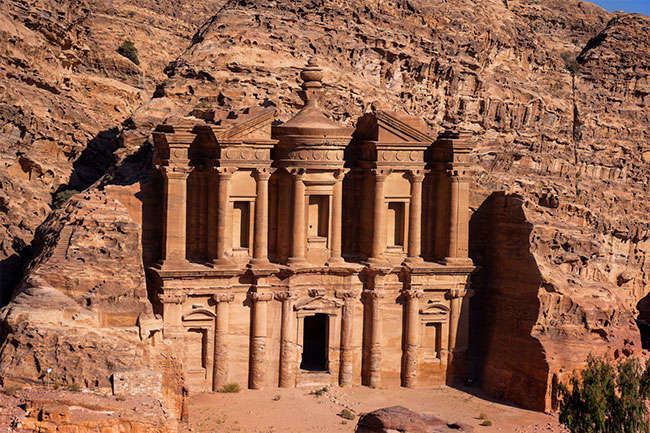
Carved into rose-red cliffs, Petra was once a thriving trading hub of the Nabateans. The iconic Treasury and intricate tombs make it one of the most breathtaking archaeological sites in the world. Its unique beauty and historical significance make it a must-see destination.
3. Christ the Redeemer, Brazil

Overlooking Rio de Janeiro from the Corcovado mountain, this 98-foot-tall statue of Jesus Christ symbolizes peace and is an internationally recognized cultural icon of Brazil. Its enormous form provides visitors with a deep spiritual experience and a breathtaking view of the expansive cityscape and the picturesque shoreline. It has won over millions of hearts and is unquestionably iconic.
4. Machu Picchu, Peru
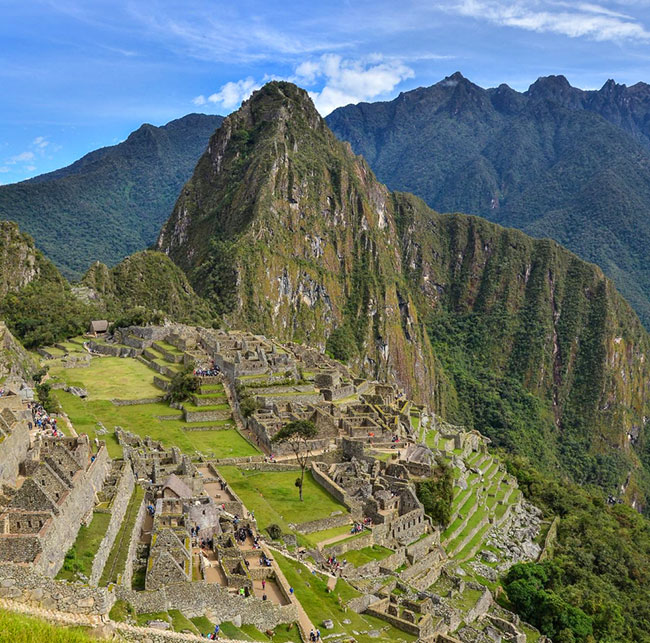
Hidden in the Andes Mountains, Machu Picchu is a 15th-century Inca citadel that showcases the advanced engineering of the Incan Empire. It is a UNESCO World Heritage Site and a symbol of ancient mystery. Explorers and researchers have been drawn to it for hundreds of years because of its complex stonework, beautiful mountain setting, and mysterious history. Trekking to this amazing location is a fulfilling experience that offers breathtaking vistas and a deep connection to an intriguing and varied culture.
5. Chichén Itzá, Mexico
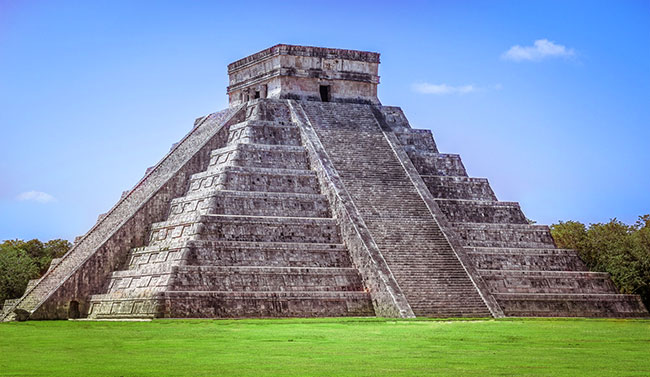
Chichén Itzá flourished between the 9th and 12th centuries, located on the Yucatán Peninsula, this ancient Maya city is famous for the pyramid of Kukulcán. It reveals the astronomical and architectural genius of the Maya civilization.
6. Roman Colosseum, Italy
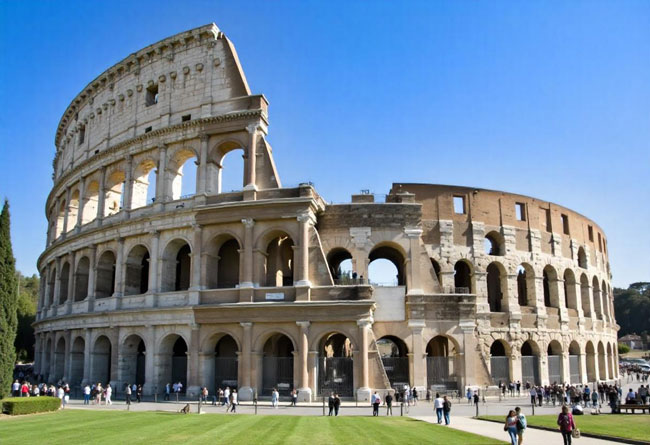
The Colosseum in Rome once hosted epic gladiator battles and public spectacles. Around 70 AD, Emperor Vespasian started construction, and his son Titus finished it in 80 AD. It remains a monument to the grandeur and brutality of ancient Roman society.
7. Taj Mahal, India
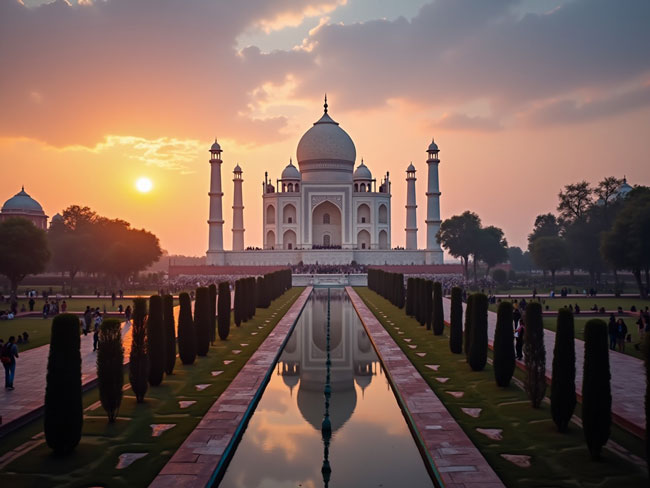
A symbol of eternal love, the Taj Mahal was commissioned by Mughal emperor Shah Jahan in memory of his wife Mumtaz. With its symmetrical design, serene gardens, and beautiful marble inlay work, it is one of the most beautiful buildings in the world, showing both great architectural skill and deep human feeling.
Honorary Wonder: Great Pyramid of Giza, Egypt

While not part of the official New Seven Wonders, the Great Pyramid of Giza received honorary status for being the only surviving wonder of the original Seven Wonders of the Ancient World. Built over 4,500 years ago, it remains one of humanity’s greatest engineering feats.

Christmas Images for WhatsApp
Christmas Wallpapers
New Year 2026
New Year Images for WhatsApp
New Year Greeting Cards
Horror stories
Moral Stories
Fairy Tales and Fables
Upanishads
Classic Stories
Betal Pachisi
Singhasan Battisi
Indian Mythology stories
School Projects
Quiz on Famous Footballers
Benefits of Yoga for Kids
Congratulations Cards and Messages
Try out the other sections


 Christmas
Christmas Thanksgiving
Thanksgiving Craft Ideas for Kids
Craft Ideas for Kids Benefits of Yoga for Kids
Benefits of Yoga for Kids School Projects & Homework Help
School Projects & Homework Help